China’s central bank will transfer more than one trillion yuan ($158 billion) in profits to the finance ministry this year to help fund fiscal spending and bolster the slowing economy. Economists liken it to the central bank pumping money into the economy at the risk of inflation.
China’s inflation risks are building as producers pass on higher costs to consumers. The producer price index (PPI) rose 8.8 percent from a year earlier in February, data from the National Bureau of Statistics showed Wednesday. The outlook is deteriorating due to the geopolitical tensions caused by Russia’s invasion of Ukraine, which has roiled financial markets and fueled commodity prices.China International Capital Corporation (CICC) said the transfer from the People’s Bank of China represents a significant easing in monetary policy as well as a boost for fiscal spending.
The Chinese economy has started to crumble in the last two quarters, dragged down by a housing market slump, recurring COVID-19 outbreaks, and sluggish consumer spending.Beijing set a challenging growth target for this year of around 5.5 percent, which is in the upper range of most economists’ forecasts, and far higher than 4.8 percent estimated by International Monetary Fund and Fitch Rating.
Last year, China’s GDP grew 8.1 percent, as it was based on a low baseline from the pandemic-plagued year before. But in the final quarter of 2021, the economy only grew 4 percent, and the problems that dragged down growth are still there.
Expectations are that for half of China’s provincial governments the general fiscal income of this year will rise at half the pace it did last year or even slower, placing them under severe fiscal pressure as they try to spend more to bolster a weakening economy, reported Bloomberg, citing provincial budget reports.
The PBOC’s funds will result in an expansion of the monetary base, or the currency supplied by the central bank to the economy, the China International Capital Corp said in a report Wednesday.
Experts agreed that not only would the 5.5 percent growth target be difficult to achieve, but it would rely on debt spending, infrastructure projects, and beefing up the struggling real estate market. These steps have been in place for decades, yet the effect of revitalizing the economy is rapidly dwindling.
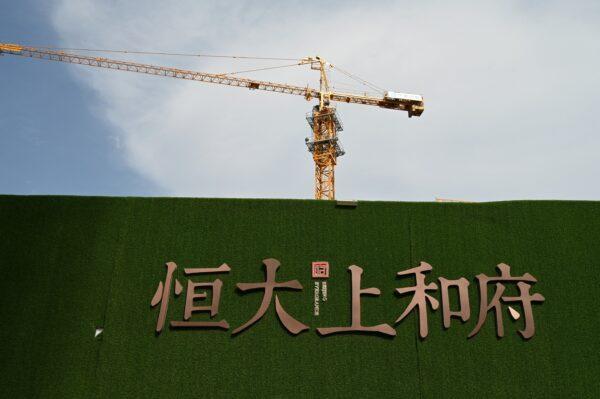
“It will be a challenging year for the government to achieve this growth target. The housing sector is slowing down, and the COVID pandemic has constrained the service sector severely,” said a note from Zhiwei Zhang, chief economist at Pinpoint Asset Management Ltd.
Zhang added that it’s unclear how much infrastructure investment can expand in 2022 to offset the negative effects of housing and COVID issues.
During the recent “Two Sessions” conference, Chinese Premier Li Keqiang reiterated that, in 2022, the Chinese economy is facing “triple pressures: shrinking demand, disrupted supply, and weakening expectations.”
“In our work this year, we must make economic stability our top priority, ” Li stressed in the conference.
The central bank’s profit transfer will have the same effect as a 50-basis-point cut in the reserve requirement ratio (RRR, the fraction of deposits that the central bank requires banks to hold in reserve), according to estimates by CICC and GF Securities Co.
The PBOC easing stance contrasts sharply with other major central banks like the Federal Reserve, which is forecast to hike rates to contain inflation.
Beijing has had to weigh the risk of rising inflation against the need to boost its economy, which has been hindered by a property market slump and COVID-related restrictions.
“It will be challenging to find a balance between supporting growth and preventing a further buildup of systemic risks,” Tuuli McCully, director of Asia-Pacific economics at Scotiabank, told Barron’s.
“Chinese policymaking in 2022 will be focused on maintaining economic stability,” McCully said. This is especially important this year because the Communist Party National Congress will be convened in the fall. At that congress, Chinese Communist Party leader Xi Jinping is projected to secure a third 5-year term, an unprecedented long tenure in the post-Mao Zedong era.
In the 2022 budget released by the finance ministry on March 5, Beijing expected state-owned financial institutions and state monopolies to hand over a total of 1.65 trillion yuan ($261.25 billion) in profits this year.
According to Shanghai-based outlet CLS network, the PBOC gave away 1 trillion yuan in profits equating to not just a 50 basis-point cut in the RRR, but also a 1 percent rise in the fiscal deficit.
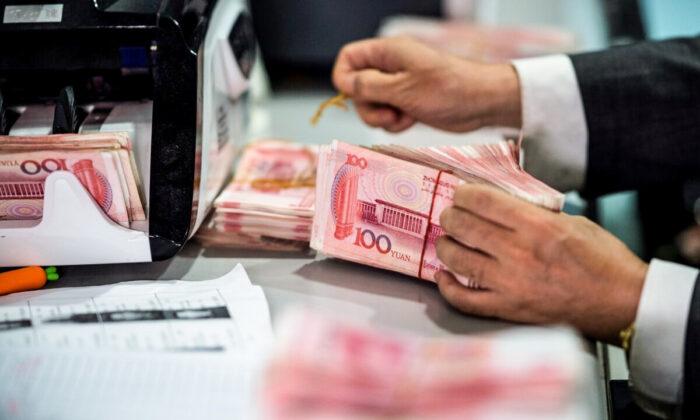
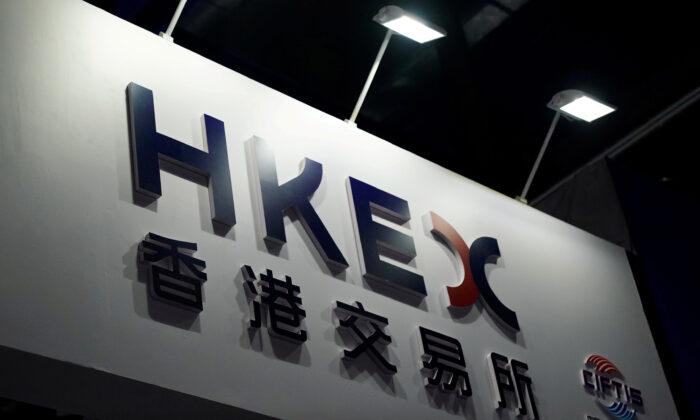
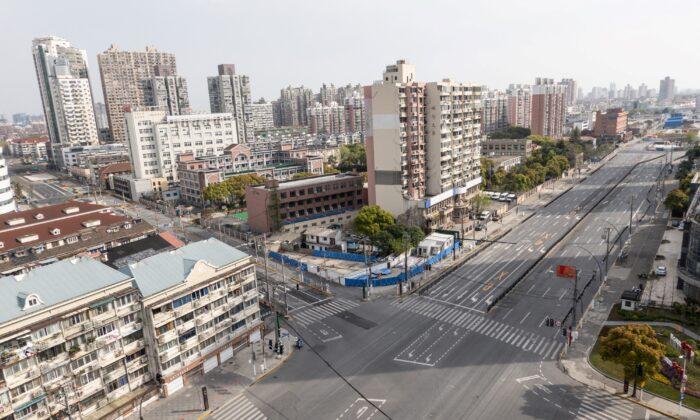

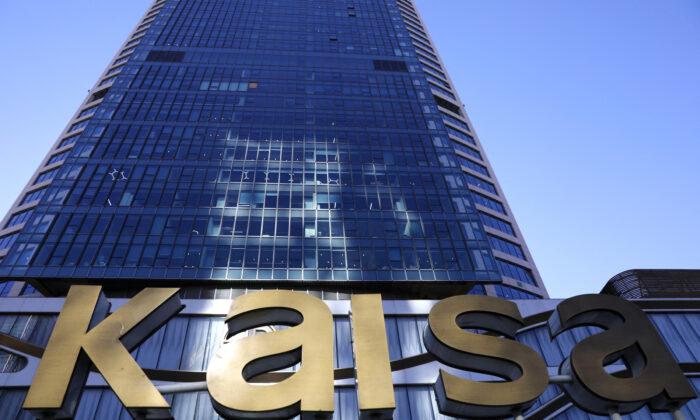
Friends Read Free